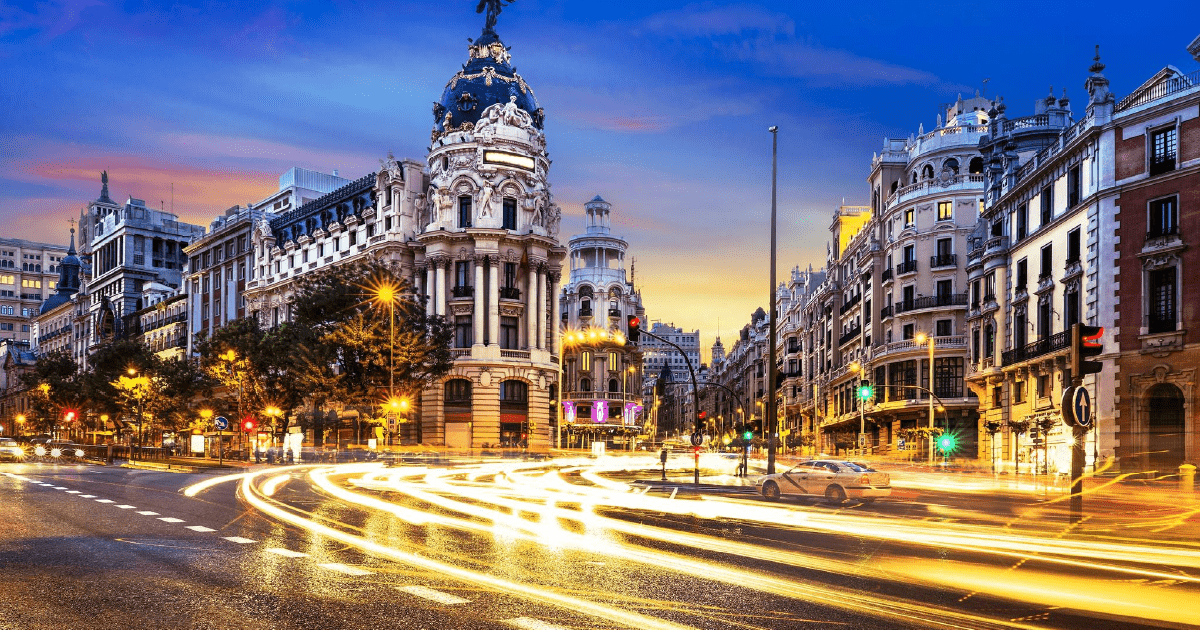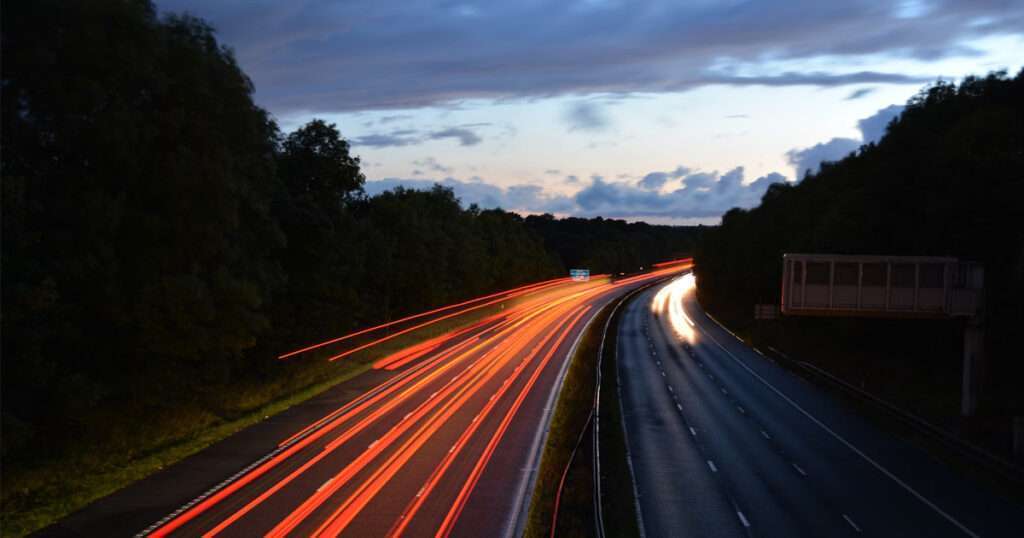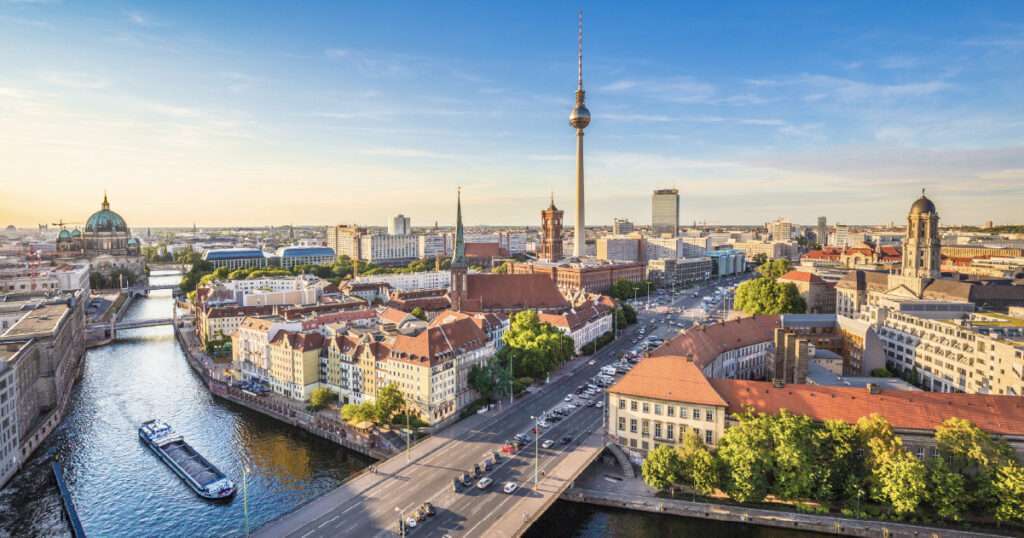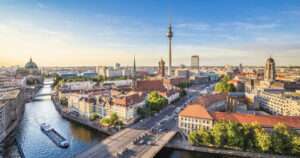Being the fourth-biggest polluter in Europe according to Euractiv, Spain had to react. While nearly 80% of air pollution in Spain is related to road traffic. Some cities experience up to three air pollution peaks per year. These cities have decided to act, setting themselves the objective of reducing traffic to improve living and environmental conditions. Discover in this article these repressive measures taken by some Spanish cities in order to achieve their goal.
Pontevedra, the eldorado for pedestrians
The city of Pontevedra, located in the northwest of Spain, is said to be an oasis for pedestrians. Indeed, the mayor of the Spanish town of 83,000 inhabitants has eliminated 90% of automobile traffic. This is quite something when you know the origin of the air pollution in Spain… But how did he do it ? In 2019, after taking office, Miguel Anxo Fernández Lores noticed that the traffic was suffocating his city. He therefore decided to act, implementing several measures :
-Pedestrianization of 2 roads that were heavily used.
-Removal of parking spaces.
-Establishment of paid parking lots, but also free parking outside the city.
-Installation of cameras on the hoods of municipal police vehicles to ensure that the rules are respected.
This accumulation of rules forces drivers to find alternatives to their cars, and thus avoid using them in town. Moreover, there has not been a single road death in 9 years!
Barcelona, a model of success
The Superblocks
In 2017, Barcelona has set itself the goal of becoming a pedestrian city, thus considerably reducing car traffic in its neighborhoods and streets. To achieve this, the city has rethought all its mobility inspired by the plan of Ildefons Cerdà, a plan that consists of reforming the urban planning of the city and all this through a model called “Supermanzanas” (Superblocks in English).
What are these “Supermanzanas”? It’s quite simple, the plan is to define many neighborhoods where traffic will be available only for residents and where space will be prioritized for pedestrians and cyclists. In these “blocks” the speed limit is 10 km/h. This forces drivers to move towards a more gentle mobility. In addition, these areas will also be equipped with squares and gardens. Eventually, more than 120 intersections will be created, covering a total area of 23 hectares.
Superblocks are intended to put an end to the predominance of the car on the streets, by allocating road space to pedestrians. They lead to a decrease in traffic that will certainly be visible in terms of air pollution or noise.
IRENE CAPDEVILA FROM THE CITY’S ENVIRONMENTAL AGENCY.
But that’s not all…
In parallel, Barcelona launched its 2019-2024 urban mobility plan, which aims to reduce the number of private vehicles by at least 21% from 2019 to 2024. As a result of this plan, many other measures have been put in place :
-Just like the LEZ in France, there is a Low Emission Zone (ZBE) which consists of prohibiting the most polluting vehicles from circulating.
-The development of intermodality to allow users to move around much more easily.
-An increase in the number of kilometers of bike lanes in the city. Indeed, Barcelona City Council is increasingly developing the Bicing network (public self-service bicycle system in Barcelona). The pedestrian and cycling areas estimated at 75 hectares today in the city should eventually increase to 750 hectares, a tenfold increase, which is huge!
In addition, this plan also prohibits the circulation of heavy goods vehicles with a GVW of more than 7.5 tons in the direction Spain -> France on certain public holidays of the calendar.
Bilbao, awarded more than once…
With a population of over 345,000, Bilbao is the largest city in the Basque Country. In June 2018, it became the first major city in the world to implement a 30 km/h speed limit in certain areas of the city. This speed limit was extended to the entire city in September 2020. In comparison, Nice with a similar number of inhabitants will only start in 2023. As a result of their regulations, Bilbao was awarded in 2021 by the European Union for urban road safety.
But that’s not all! In fact, the city has been investing heavily in sustainable transportation for several years. This has earned them, in 2019, the title of the most committed city in Spain in terms of sustainable mobility.
That same year, Bilbao was also a finalist for the Award for Sustainable Urban Mobility Planning in the 9ᵉ category that focuses on zero-emission mobility for all and the promotion of emission reduction strategies and the promotion of accessible and inclusive transportation.
Madrid, a large-scale project
Following the successes of their project to make the Gran Via and the street of Alcalá semi-pedestrian, the Madrid City Council decided to extend this project to more important axes of the capital such as the Paseo de Extremadura. In fact, in 2017 the City Council has planned to :
-Remove one lane of traffic on each side of the road.
-Install signal-controlled crosswalks.
-Expand sidewalks.
-Reduce the speed limit on these roads from 70 to 50 km/h.
The Spanish capital does not intend to stop there, because in 2019, the Madrid City Council announces the Madrid 360 Project a project that could well revolutionize travel in Madrid. This project is set up to fight against pollution. The City Council has not gone to any lengths to propose measures such as: The Zero Line (multiplying the number of buses by 10, gradually going from the current 68 to 668).
In addition, the Directorate General of Traffic has created several stickers depending on the class of the vehicle. To know :
- 0 emisiones: for electric vehicles and plug-in hybrids with more than 40 km of range.
- ECO: for electric vehicles with less than 40 km of range, non-rechargeable hybrids.
- C: for petrol vehicles registered from 2006 and diesel from 2014.
- B: for petrol passenger vehicles registered as of January 2000 and diesel vehicles as of January 2006.
- A: for the most polluting vehicles, petrol produced before 2000 and diesel produced before 2006.
In addition, petrol and diesel vehicles must comply with certain Euro 3, 4, 5 and 6 standards. A project aimed at reducing the circulation space of the most polluting vehicles. To do this, limitations are gradually being put in place :
- On January 1, 2020, all A vehicles except those of residents will be prohibited from parking in Madrid.
- On January 1, 2022, all non-resident A-vehicles will be prohibited from accessing and driving within the M-30 (a circular roadway that has highway characteristics).
- In 2024, no vehicle A not resident in Madrid will be able to circulate in the entire municipality.
- In 2025, no A-vehicle, resident or non-resident in Madrid, will be able to move around the city, and cars without a sticker will no longer be allowed to circulate.
To help residents, the Madrid City Council is going to set up subsidies to change their vehicles. For 4 years, more than 25 million euros per year will be made available for any purchase of a Zero, Eco or C vehicle only. There will also be a subsidy of about 5 million euros for the installation of recharging stations in offices or residents’ parking lots.
Bicycles will also have their card to play. Indeed, it is one of the cleanest ways to get around and therefore the City Council will continue to expand BiciMAD (self-service electric bicycle system in Madrid) inside and outside the M-30 area.
And finally, EMT Madrid is in the process of completing the first MaaS application in Madrid with their Madrid Mobility 360 project. We can bet that many other measures will be implemented in the next few years, in the meantime, don’t hesitate to discover our infographic detailing how the city of Lyon managed to reduce their CO2 emissions by almost half.





